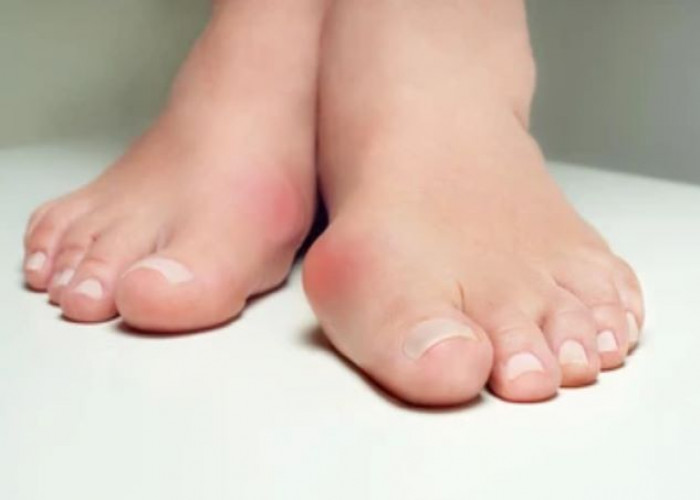 Welcome
Welcome
“May all be happy, may all be healed, may all be at peace and may no one ever suffer."
Bunions

A bunion is a bony bump that forms on the joint at the base of the big toe. It can be caused by a variety of factors, including genetics, foot injuries, and wearing tight or poorly fitting shoes. Symptoms may include pain, swelling, redness, and difficulty wearing shoes. Treatment options may include wearing comfortable shoes that fit well, using pads or inserts to cushion the affected area, taking over-the-counter pain medications, and performing exercises or stretches to improve foot mobility. In severe cases, surgery may be necessary to correct the deformity and relieve symptoms. It is important for individuals with bunions to work closely with a healthcare provider to manage their symptoms and prevent complications.
Research Papers
Disease Signs and Symptoms
- Swollen toe
- Toe pain
- A bulging bump on the outside of the base of the big toe
- These often develop where the first and second toes rub against each other
- Limited movement of the big toe
Disease Causes
Bunions
There are many theories about how bunions develop, but the exact cause is unknown. Factors likely include:
- Inherited foot type
- Foot stress or injuries
- Deformities present at birth
Experts disagree on whether tight, high-heeled or too-narrow shoes cause bunions or whether footwear simply contributes to the development of bunions.
Bunions might be associated with certain types of arthritis, particularly inflammatory types, such as rheumatoid arthritis.
Disease Prevents
Bunions
To help prevent bunions, choose shoes carefully. They should have a wide toe box — no pointy toes — and there should be space between the tip of your longest toe and the end of the shoe.
Your shoes should conform to the shape of your feet without squeezing or pressing any part of your foot.
Disease Treatments
Treatment options vary depending on the severity of your bunion and how much pain it causes.
Conservative treatment
Nonsurgical treatments that may relieve the pain and pressure of a bunion include:
- Changing shoes. Wear roomy, comfortable shoes that provide plenty of space for your toes.
- Padding. Over-the-counter, nonmedicated bunion pads or cushions may be helpful. They can act as a buffer between your foot and your shoe and ease your pain.
- Medications. Acetaminophen (Tylenol, others), ibuprofen (Advil, Motrin IB, others) or naproxen sodium (Aleve) can help you control the pain of a bunion. Cortisone injections also might help.
- Shoe inserts. Padded shoe inserts can help distribute pressure evenly when you move your feet, reducing your symptoms and preventing your bunion from getting worse. Over-the-counter supports can provide relief for some people; others require prescription orthotic devices.
- Applying ice. Icing your bunion after you've been on your feet too long or if it becomes inflamed can help relieve soreness and swelling. If you have reduced feeling or circulation problems with your feet, check with your doctor first before applying ice.
Surgical options
If conservative treatment doesn't relieve your symptoms, you might need surgery. Surgery is not recommended for cosmetic reasons; only when a bunion causes you frequent pain or interferes with your daily activities.
There are many surgical procedures for bunions, and no one technique is best for every problem.
Surgical procedures for bunions can be done as single procedures or in combination. They might involve:
- Removing the swollen tissue from around your big toe joint
- Straightening your big toe by removing part of the bone
- Realigning one or more bones in the forefoot to a more normal position to correct the abnormal angle in your big toe joint
- Joining the bones of your affected joint permanently
It's possible that you'll be able to walk on your foot right after a bunion procedure. However, full recovery can take weeks to months.
To prevent a recurrence, you'll need to wear proper shoes after recovery. For most people, it's unrealistic to expect to wear narrower shoes after surgery.
Talk to your doctor about what you can expect after bunion surgery.
Disease Diagnoses
Disease Allopathic Generics
Disease Ayurvedic Generics
Disease Homeopathic Generics
Disease yoga
Bunions and Learn More about Diseases

Tuberculosis of Skin (Lupus Valgaris)
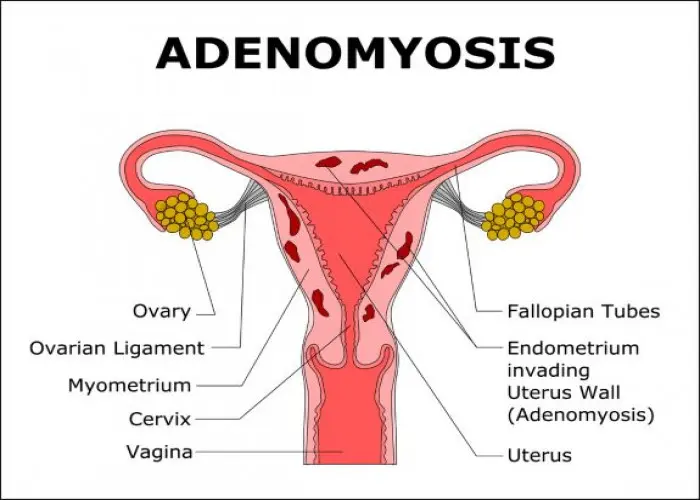
Adenomyosis

Tinea versicolor
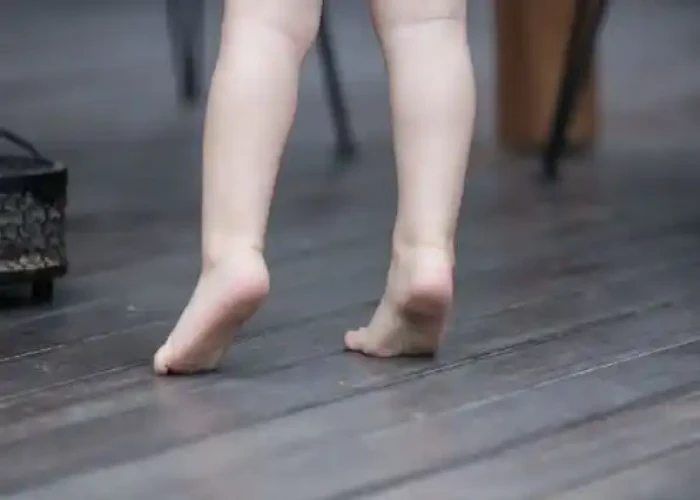
Toe walking in children
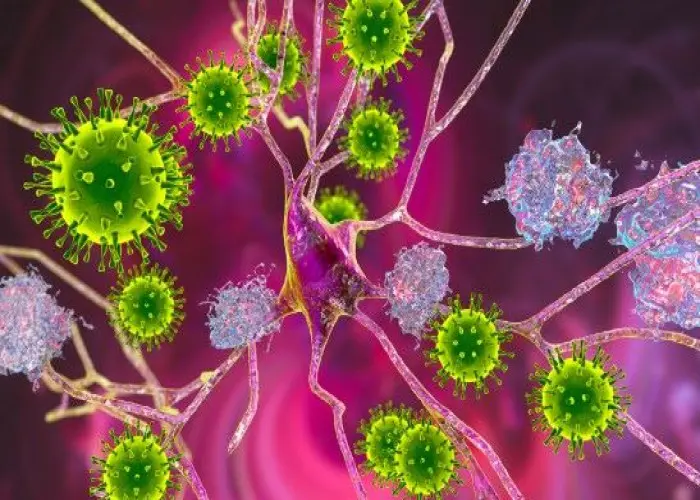
Frontotemporal dementia

Zollinger-Ellison syndrome
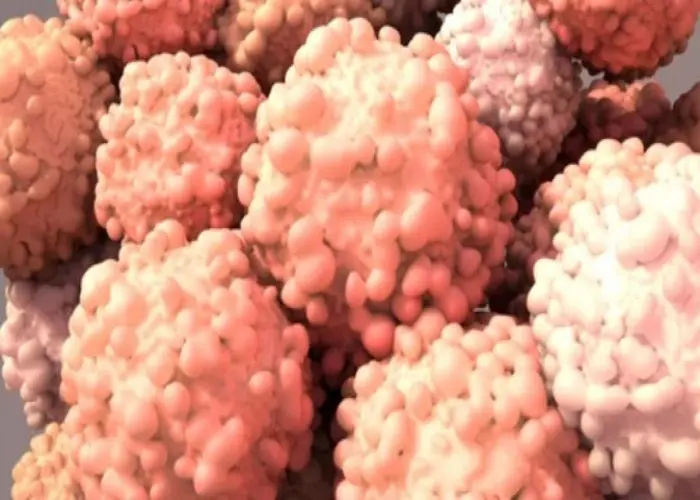
Brain metastases
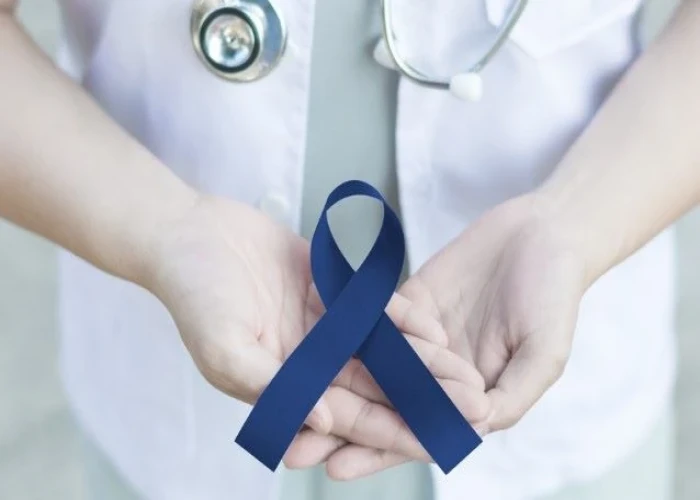
Krabbe disease
Bunions, Valgus hallux, Tailor bone, বুনিয়াস
To be happy, beautiful, healthy, wealthy, hale and long-lived stay with DM3S.
